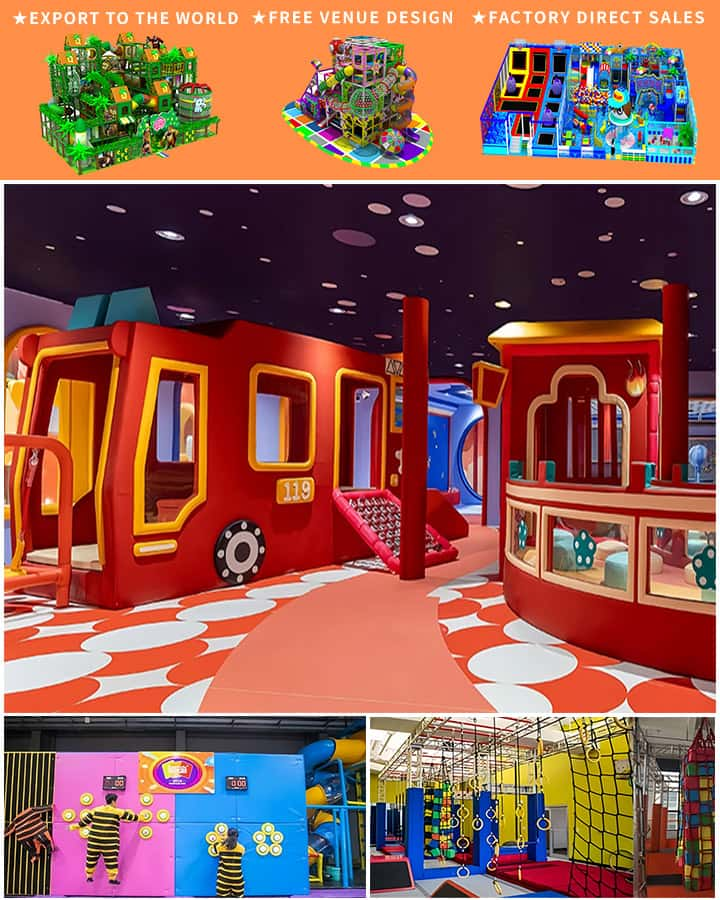Creating a safe and enjoyable environment for children requires careful consideration of various factors, including the design, materials, and safety features of a playground. One crucial aspect is installing a soft fall playground surface to cushion falls and prevent injuries. This article delves into the costs involved in installing a soft fall playground, exploring different types of materials, installation expenses, and long-term savings.
Types of Soft Fall Materials
Soft fall materials come in various forms, each with its unique characteristics and cost implications. The most common types include:
1. Rubber Mats
Rubber mats are a popular choice due to their durability and impact absorption capabilities. They come in interlocking tiles or poured-in-place installations. Interlocking rubber tiles are relatively easy to install and can range from \(3 to \)7 per square foot. Poured-in-place rubber surfaces, which offer a seamless finish, typically cost between \(6 and \)12 per square foot.
2. Mulch
Mulch is a natural, cost-effective option that provides good cushioning for falls. However, it requires regular maintenance to remain effective. Wood mulch generally costs between \(0.80 and \)1.50 per square foot, while engineered wood fiber (EWF) mulch may range from \(2 to \)3 per square foot.
3. Synthetic Turf
Synthetic turf offers a clean, low-maintenance solution with decent shock absorption properties. It tends to be more expensive, ranging from \(8 to \)15 per square foot, depending on the quality and infill material used.
4. Foam Tiles
 Interlocking foam tiles provide excellent shock absorption and are often used in indoor playgrounds or as temporary solutions. They can cost between \(3 and \)7 per square foot.
Interlocking foam tiles provide excellent shock absorption and are often used in indoor playgrounds or as temporary solutions. They can cost between \(3 and \)7 per square foot.
Installation Costs
The overall cost of installing a soft fall playground includes both material and labor expenses. Here’s a breakdown:
1. Preparation Work
This involves leveling the ground, removing existing surfaces, and ensuring a stable base for the soft fall material. Depending on the site conditions, this can add \(1 to \)3 per square foot to your total costs.
2. Material Costs
As mentioned earlier, the cost of soft fall materials varies significantly based on the type chosen. Rubber mats tend to be more durable but pricier, whereas mulch is more affordable upfront but requires frequent replacement and maintenance.
3. Labor Costs
Professional installation ensures the safety and longevity of the playground surface. Labor costs can vary widely but generally range from \(2 to \)5 per square foot, depending on your location and the complexity of the installation.
4. Accessories
Additional items such as borders, ramps, and playground equipment may also contribute to the overall expense. These can range from $50 to several hundred dollars each, depending on the size and quality.
Long-Term Considerations
While the initial investment might seem steep, considering the long-term benefits can justify the cost:
1. Safety
Quality soft fall materials significantly reduce the risk of injuries from falls, potentially saving on medical bills and liability claims.
2. Durability
Investing in durable materials like rubber mats can reduce the need for frequent replacements, offering better value over time.
3. Maintenance
Lower-maintenance solutions, such as synthetic turf or high-quality rubber mats, can save money in the long run by minimizing the need for repairs and upkeep.
Conclusion
The cost of installing a soft fall playground varies based on multiple factors, including the type of material, preparation work, labor, and additional accessories. While initial expenses may seem high, the long-term benefits, such as enhanced safety and reduced maintenance costs, make it a worthwhile investment. By carefully planning and selecting the appropriate materials and professional services, you can create a safe and enjoyable playground for children that stands the test of time.




